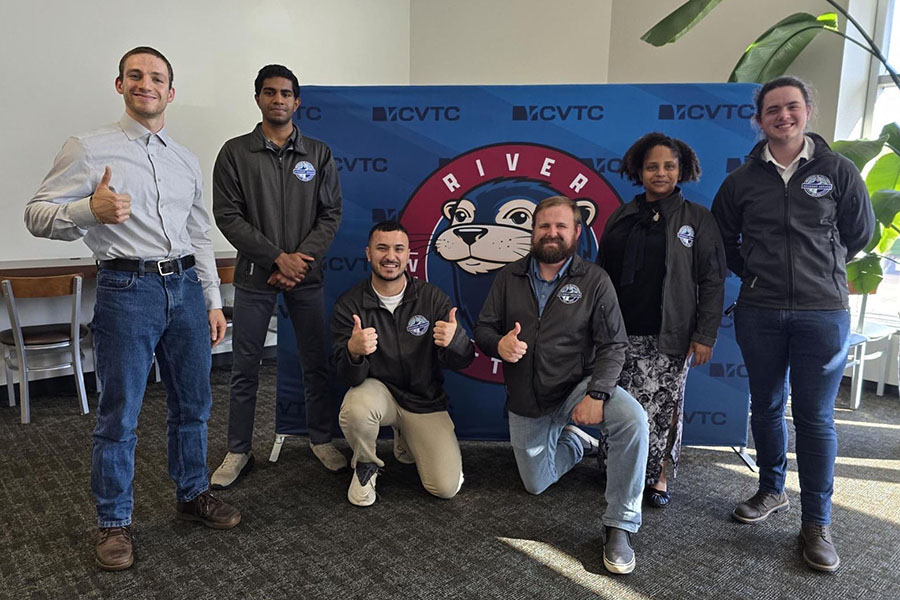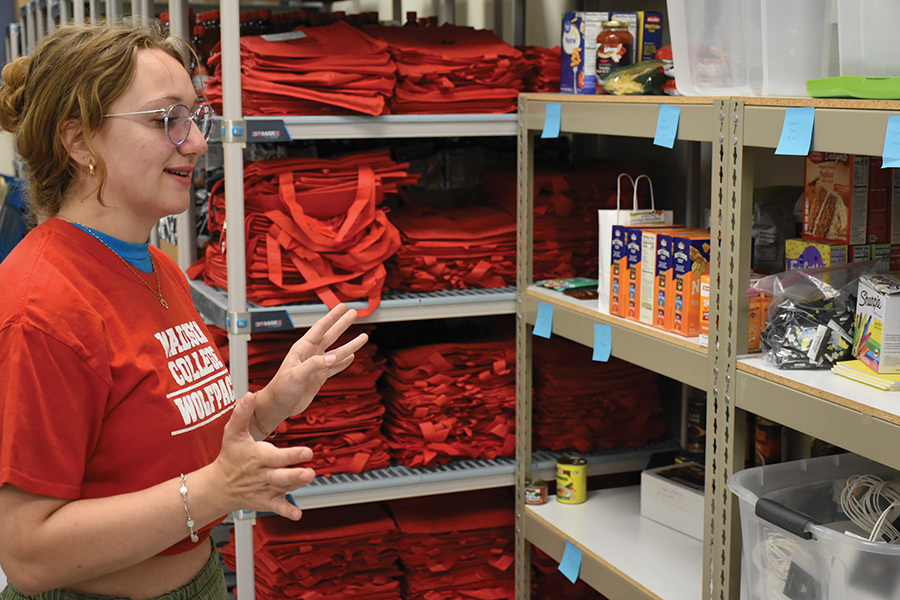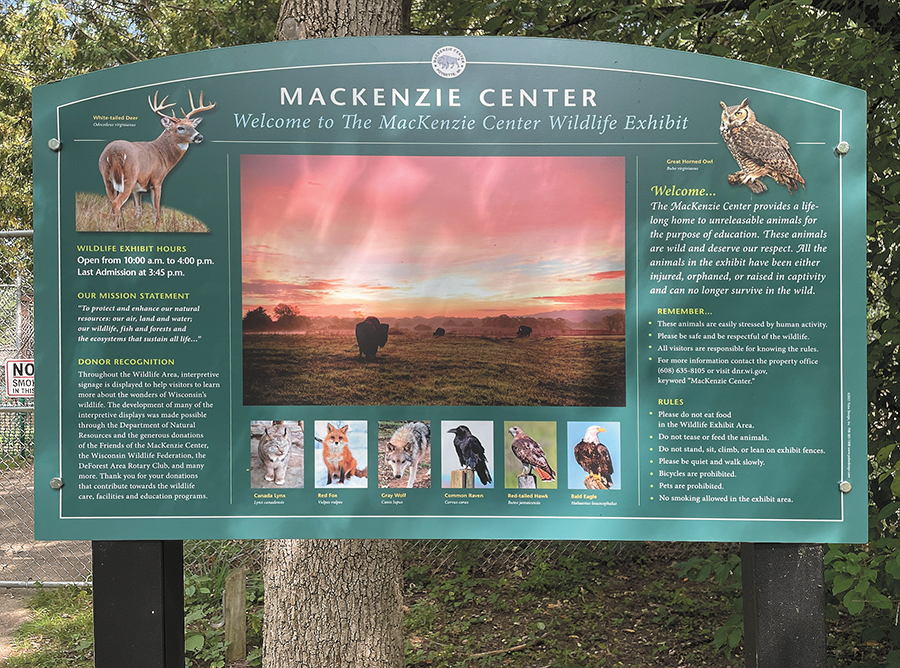The Mackenzie Center, located in Poynette, Wisconsin, is a diverse education center that has been in operation since the 1930s. Throughout its operation, this wildlife center has developed a healthy learning environment where people of all ages and backgrounds can enjoy science-related topics. Visitors are free to navigate through the park and visit a variety of attractions, including the wildlife area, science museums, and nature trails. Not only do these displays teach guests about the environment, but they also show the public ways to conserve our surroundings.
The Mackenzie Center’s purpose is essential because it informs the public about serious environmental issues that the science community has been fighting to solve. Therefore, the Mackenzie Center successfully engages its visitors by using multiple resources to promote the preservation of the environment.
A sign at the Mackenzie Center describes the center’s mission and purpose. This center “provides a life-long home to unreleasable animals for education.” The animals that inhabit this center were either injured, orphaned, or raised in captivity and can no longer survive in the wild. Their mission is to teach the public about preserving wildlife and the ecosystems they inhabit. This sign also mentioned that most of the animals at the center were local to Wisconsin. Visitors are met with more signage as the continue through the different enclosures. These signs were positioned at each animal’s habitat and describe vital details about the creature.
For instance, the deer enclosure signs outlined their diet, behavior, reproductive, and physical information. There were also posts that described how to identify the various snakes, insects, and birds that live around the center. These signs offer a dual purpose for visitors. Not only do they provide some general knowledge about local wildlife, but they also hint at conservation tactics that would help preserve their population.
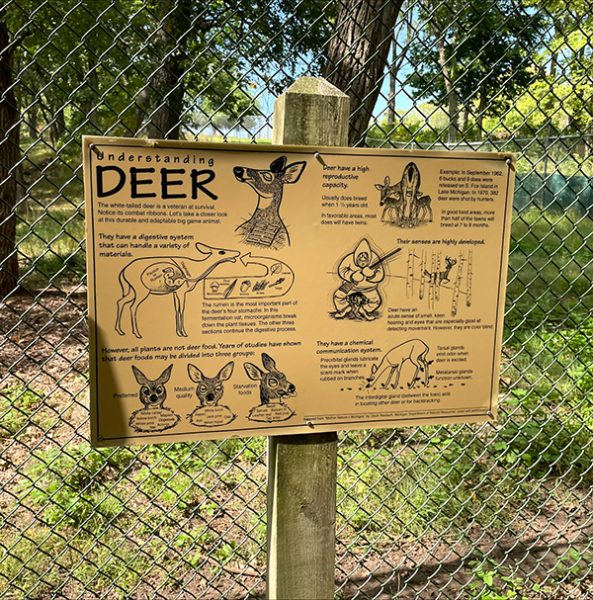
For example, another sign by the deer enclosure included a description of how difficult food is to find in the winter for deer populations. The sign then mentioned that some tree species do not lose their leaves in winter, which is a great food supply for deer populations. These informational signs are a terrific way to subtly inspire change by encouraging visitors to think about the outlook of wildlife populations and how to conserve them.
In addition to informational signs, there were also boards with interactive displays. For example, the bird enclosure had a diagram of different birds’ wingspan sizes. Visitors could measure their arms against the board and get an idea of which bird had a similar wingspan to them. The entrance also had a statue of Smokey the Bear, where the public could take a selfie with him. After taking a picture, visitors could also read about fire prevention and how forest fires can affect the environment. The interactive displays at the Mackenzie Center encourage guests to become more involved and excited about conservation efforts. Therefore, the interactive and informational signs located at the Mackenzie Center give the guests a better understanding of wildlife and key conservation tactics.
Each museum at the center is housed in different buildings that resemble a small log cabin. These buildings were spread throughout the center and were visibly falling apart. Some of these buildings were built in the late 1800s, so their appearance is understandable. For instance, the logging museum held dusty logging tools, photographs and broken models that displayed how logging occurred in earlier generations. This museum also focused on how natural resource gathering affected and continues to hurt the local ecosystems. Even though the upkeep of this museum was in need, the knowledge gained while exploring the artifacts was immense.
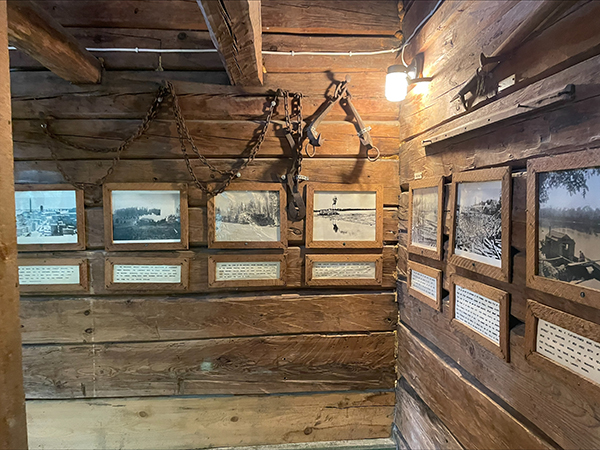
After the logging museum, I toured the conservation museum. This building was engaging and included a wide variety of animals like bears, lynx, foxes and many more. This building was used to describe the habitats, diet and behavior of several unique animals that were not seen in the wildlife area.
In addition to the museums, there are also nature trails that wrapped around the park. Several signs along the trail outlined the distinct types of trees and wildlife that lived in the area. The trails offered a peaceful and relaxing activity that also showed visitors how beautiful nature is when it’s preserved. Overall, the wildlife area, museums, and trails at the Mackenzie Center show how we, as humans, can conserve the wildlife and natural resources that encompass our daily lives.
Throughout my journey at the Mackenzie Center, I found that their message and purpose were clearly executed. At every point of my trip, I always knew what the center was trying to convey. Additionally, the center’s website, run by the Department of Natural Resources, was incredibly helpful and easy to navigate. I read about upcoming events hosted by the Mackenzie Center, further descriptions of the museums, and much more. Therefore, after I visited the Mackenzie Center, I knew that their purpose was to inform their audience about wildlife and natural resources to promote conservation. They promote conservation to visitors through the wildlife center, museums, and nature trails.
The learning platforms that the Mackensie Center uses are effective in informing visitors and shedding light on conservation problems that the science community has faced.



